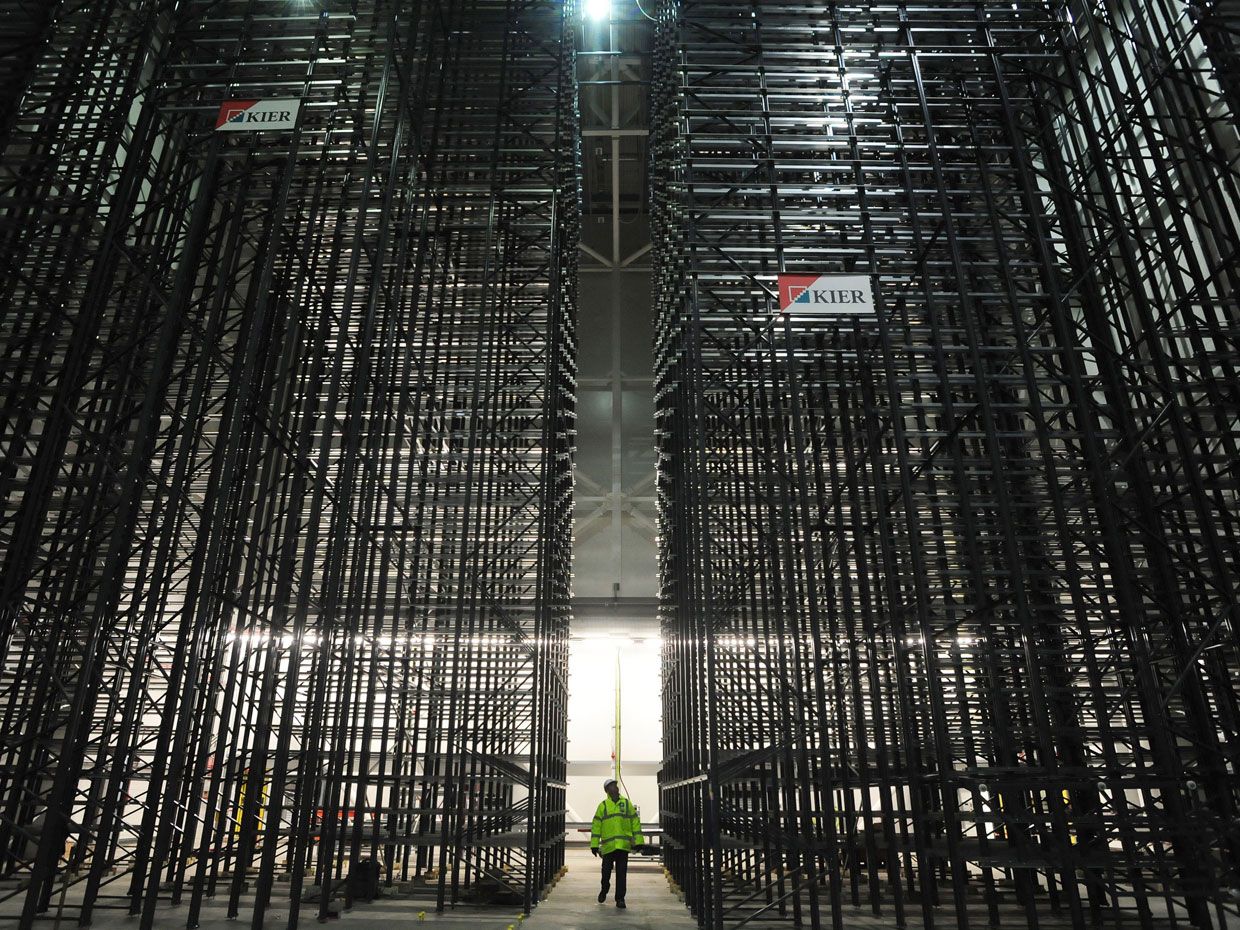DIY
iCandy: It’s Electric
A robotic newspaper-storage locker, an electronic fork, and shoes that track your dance moves
30 Jan 2013
Photo: Anna Gowthorpe/Press Association/AP Photo
▲
▲
▲
▲
▲
▲
▲
▲
▲
▲
▲
[clickimagelink_new]https://spectrum.ieee.org/slideshow/geek-life/tools-toys/icandy-a-better-view[/clickimagelink_new]
▲
If you are viewing this page with an iPad or iPhone, click here to launch the slideshow:
/ns/slideshows/1SS_iCandy_iPad1a/index.html
yan chingtype:slideshowhapilabsthree gorges damsmart shoenational cheng kung universitytools and toys
Willie Jones is an associate editor at IEEE Spectrum. In addition to editing and planning daily coverage, he manages several of Spectrum's newsletters and contributes regularly to the monthly Big Picture section that appears in the print edition.
